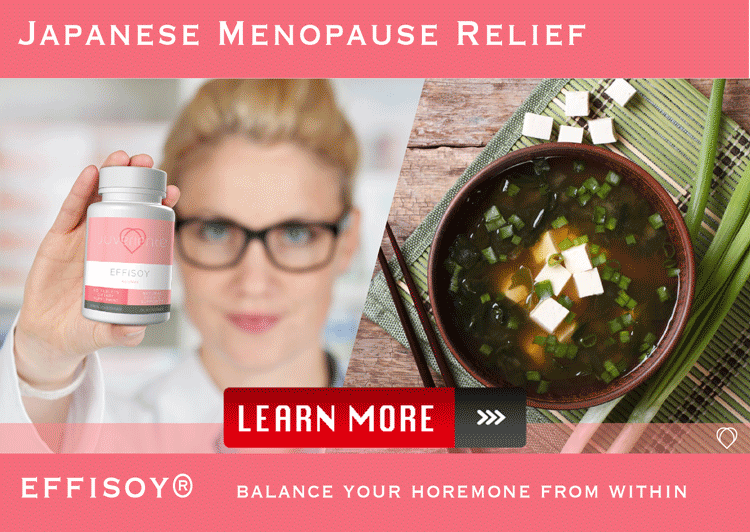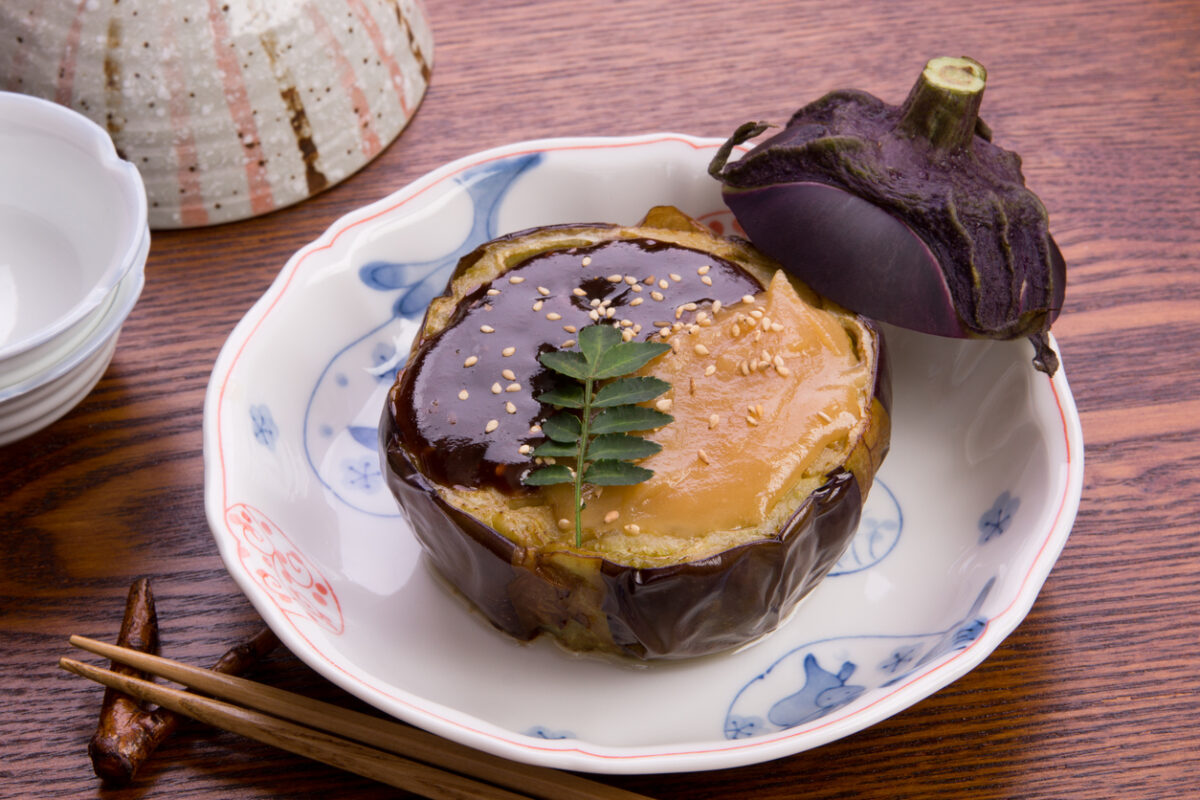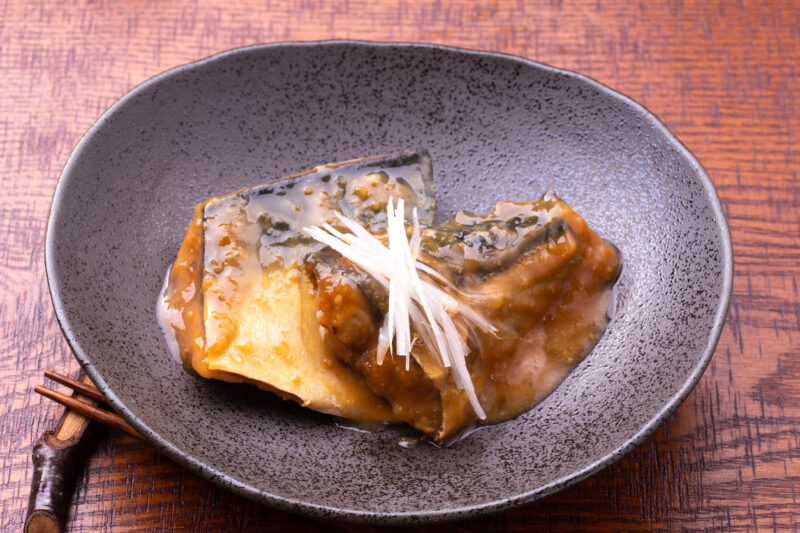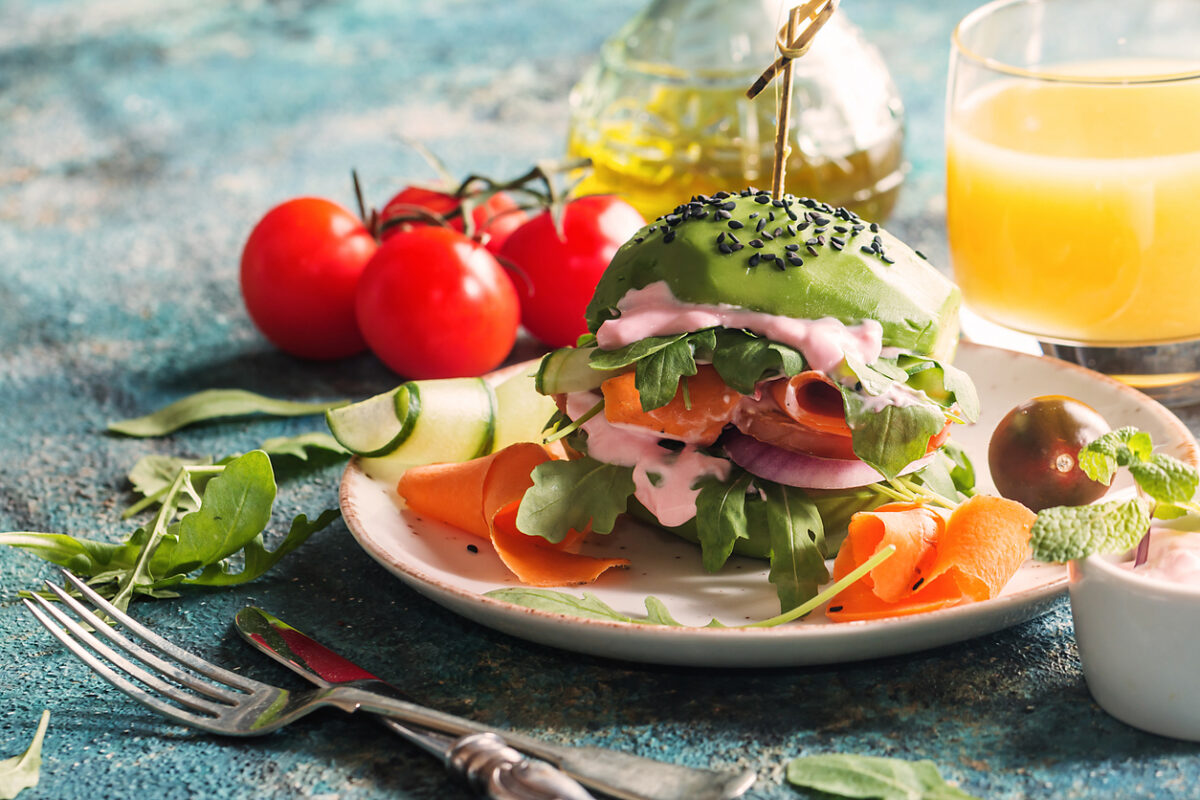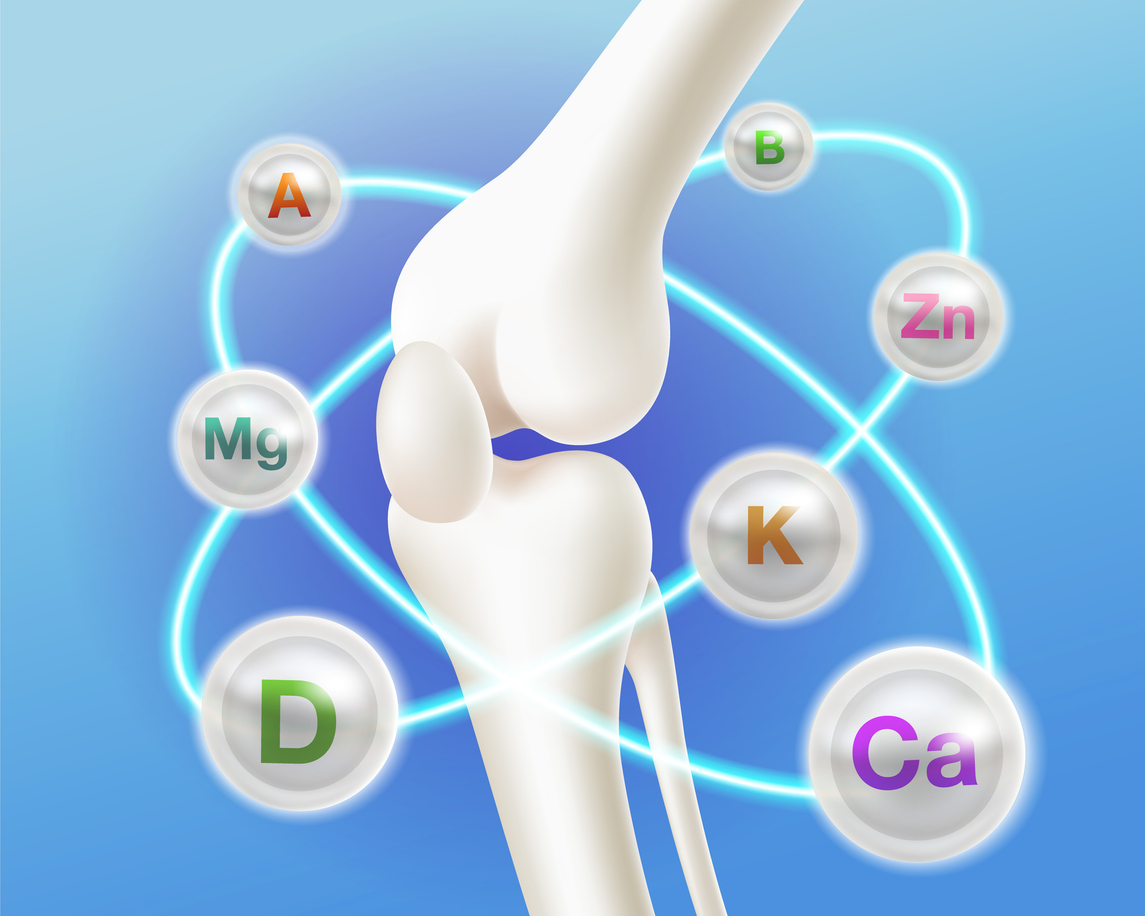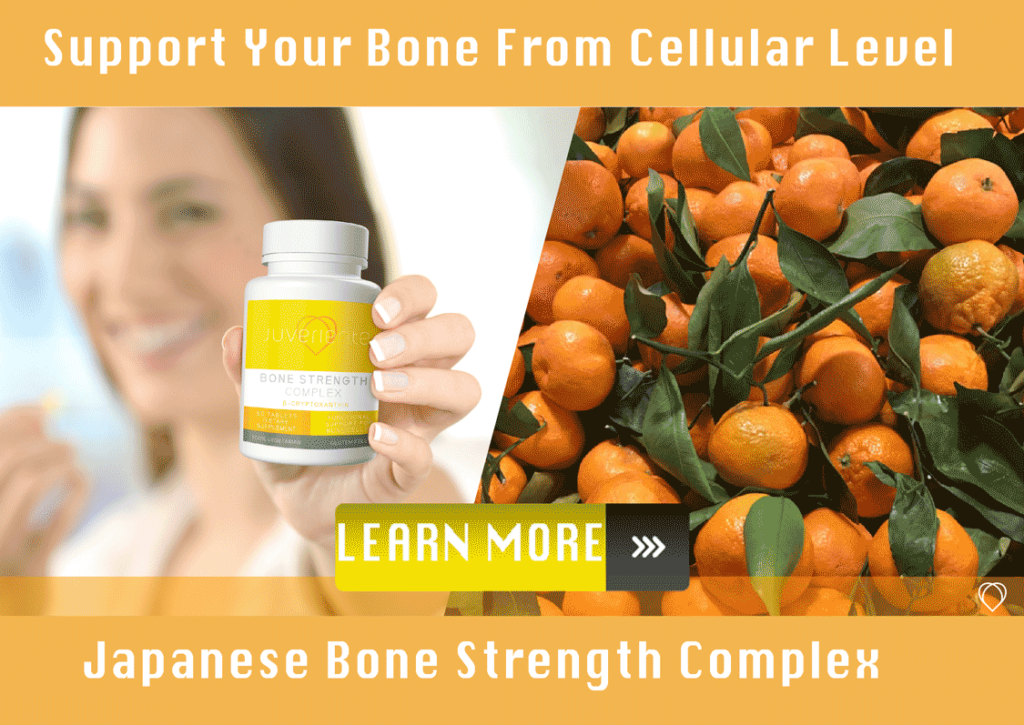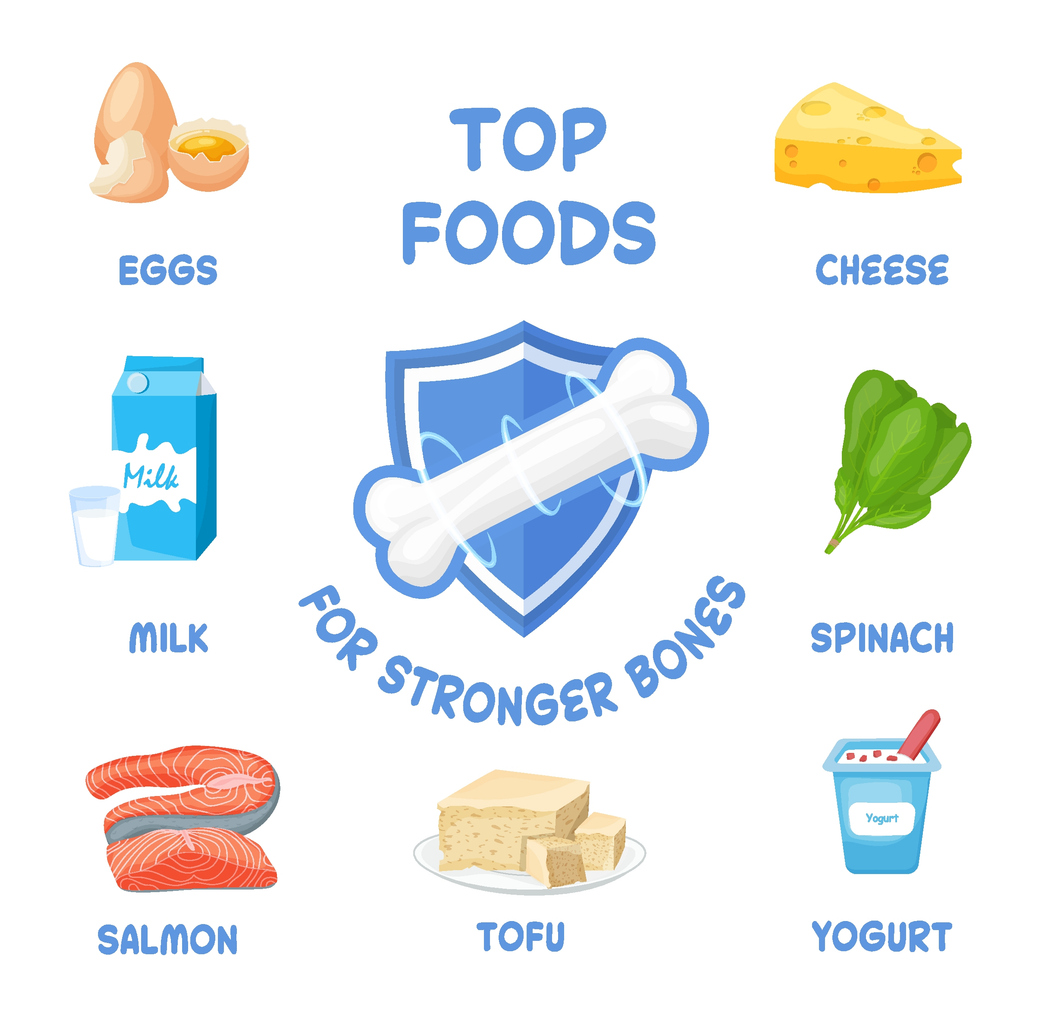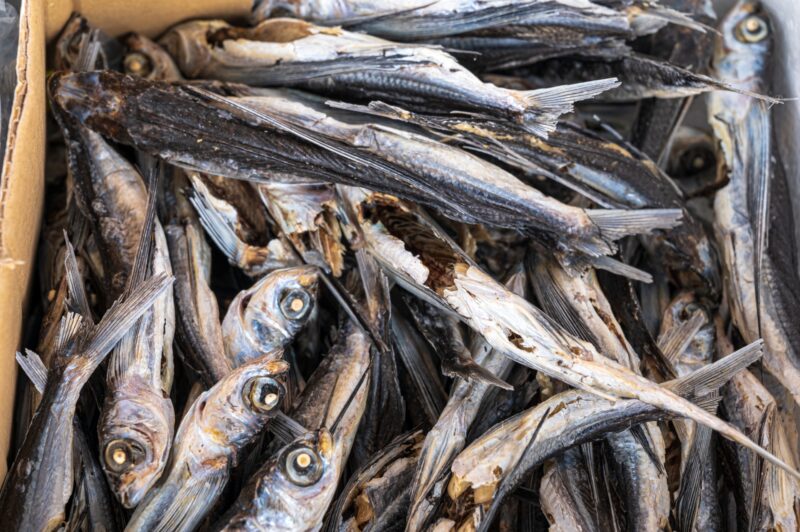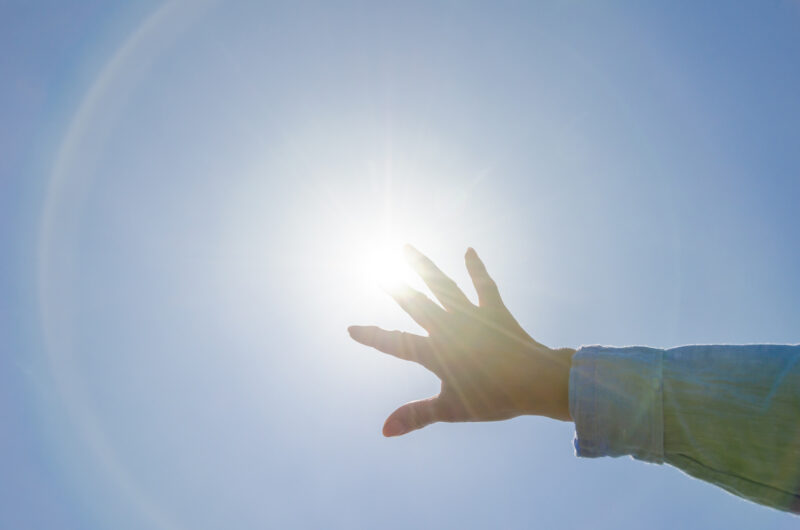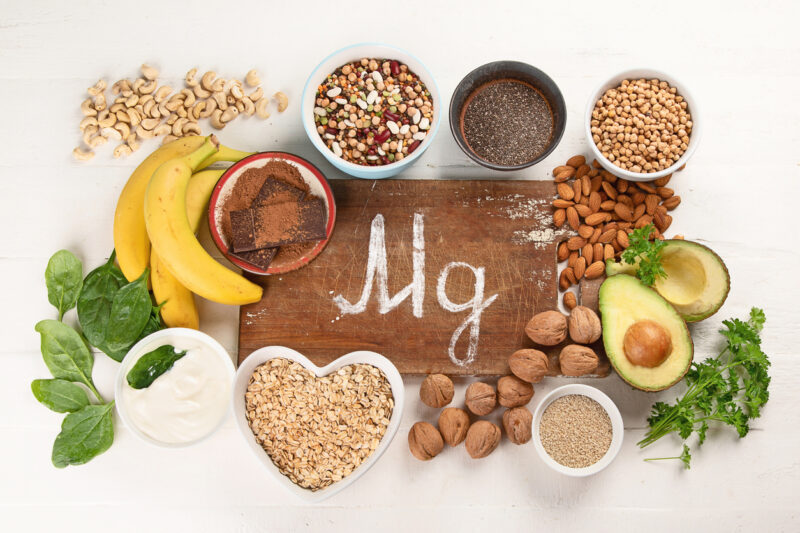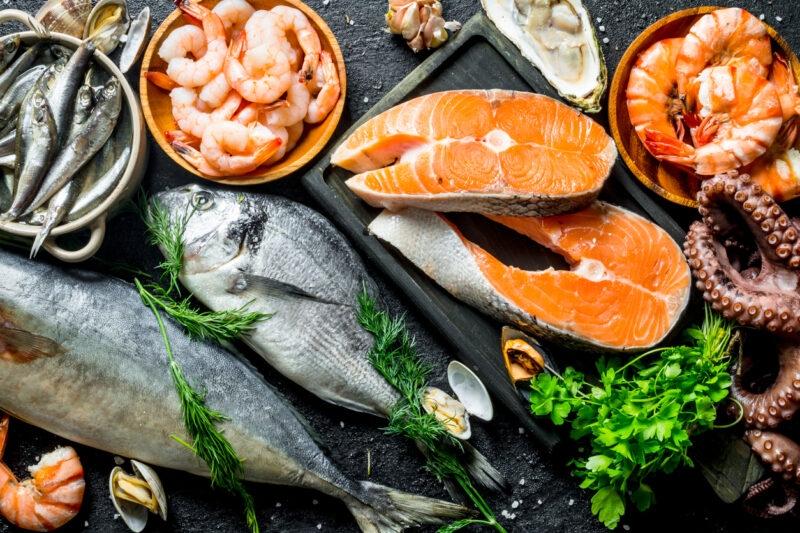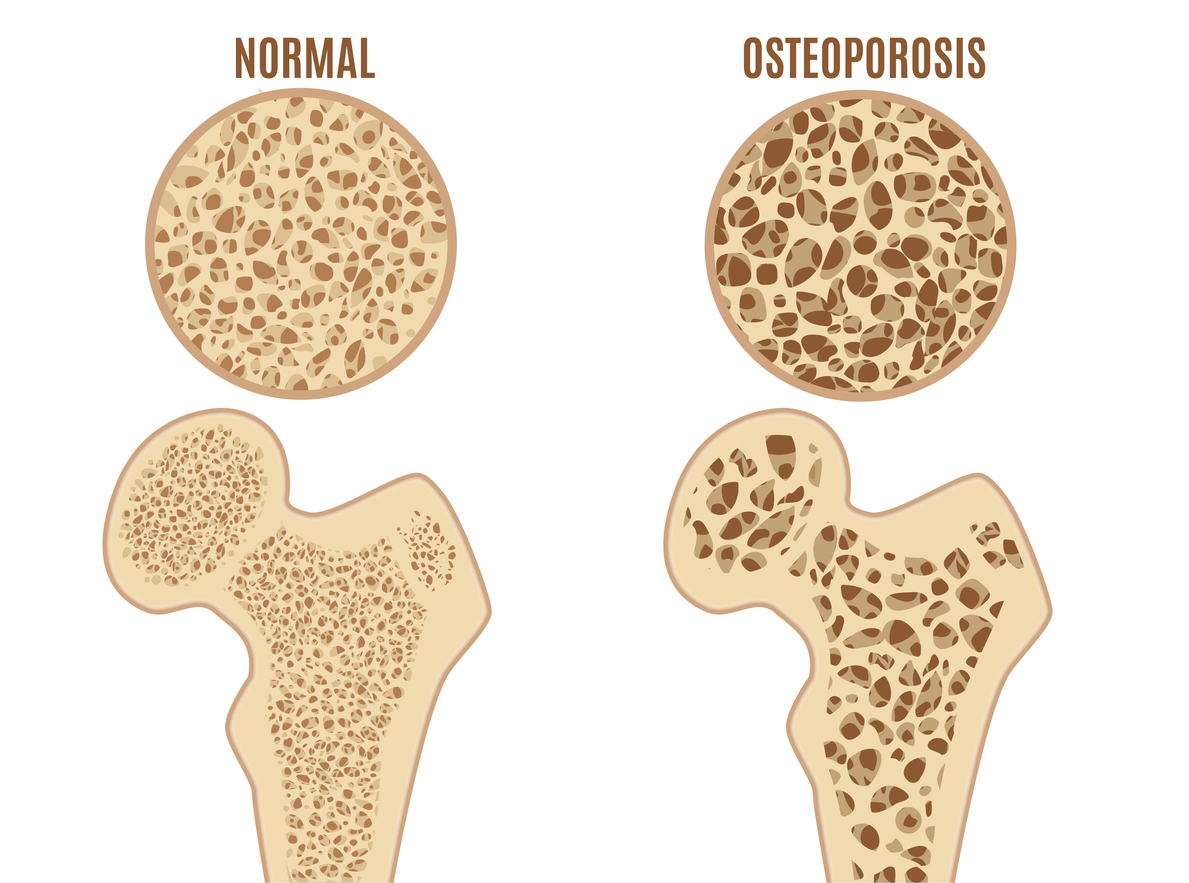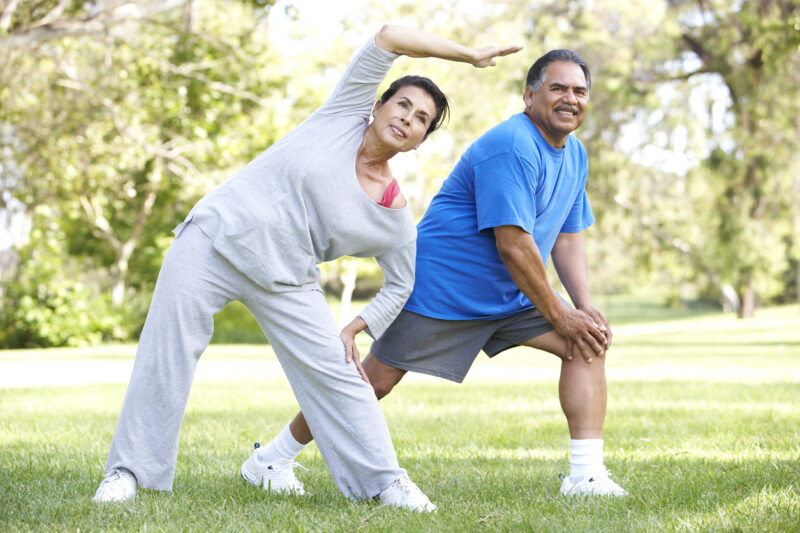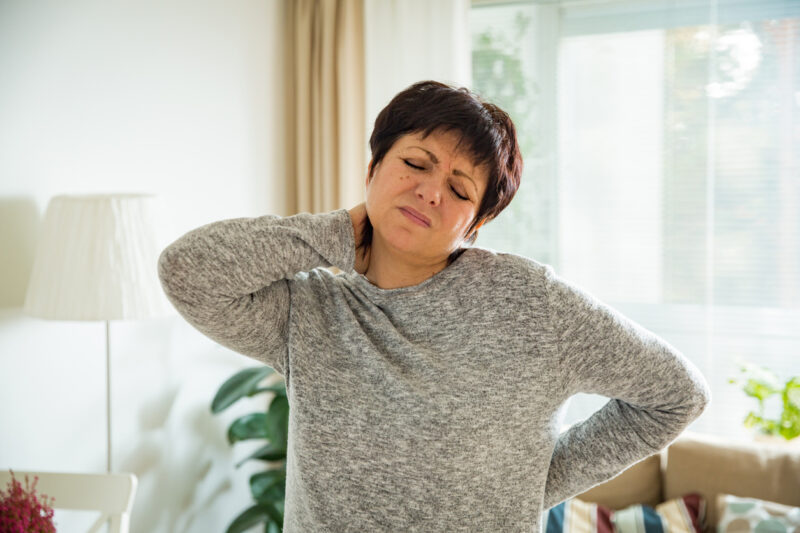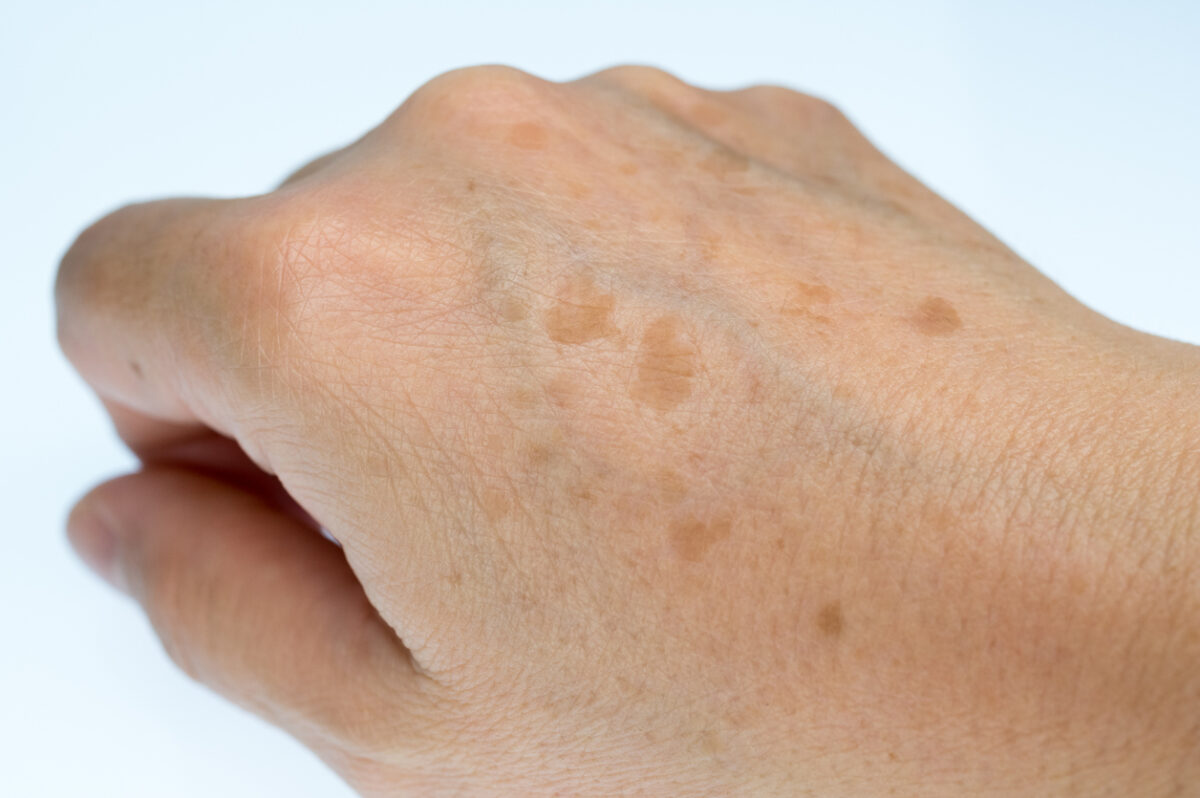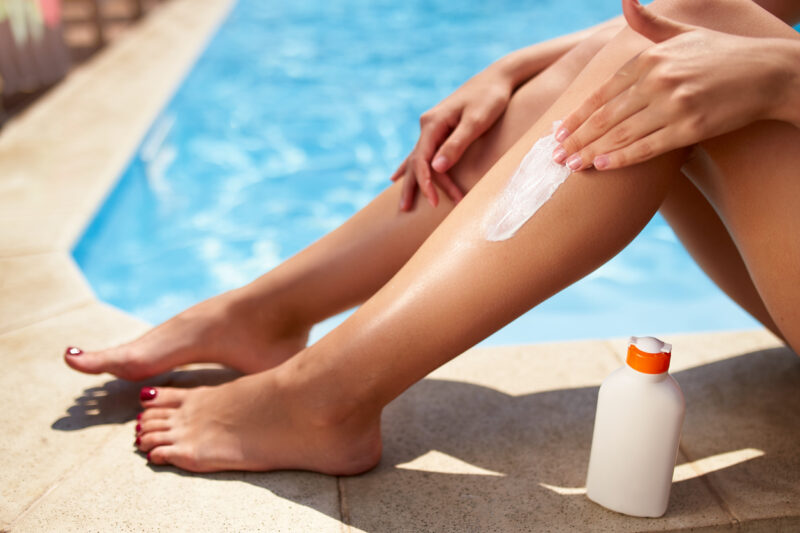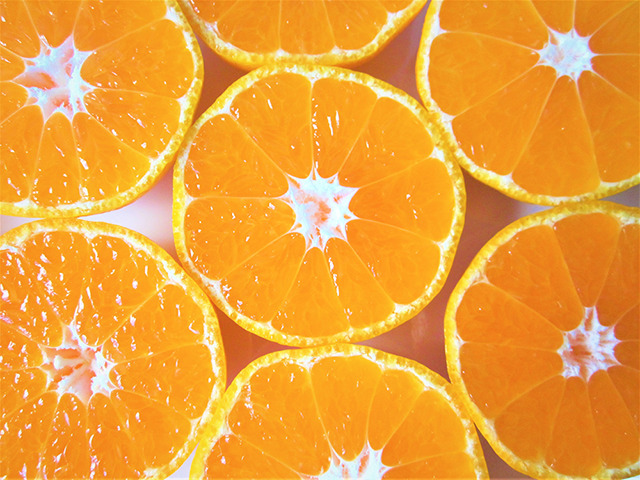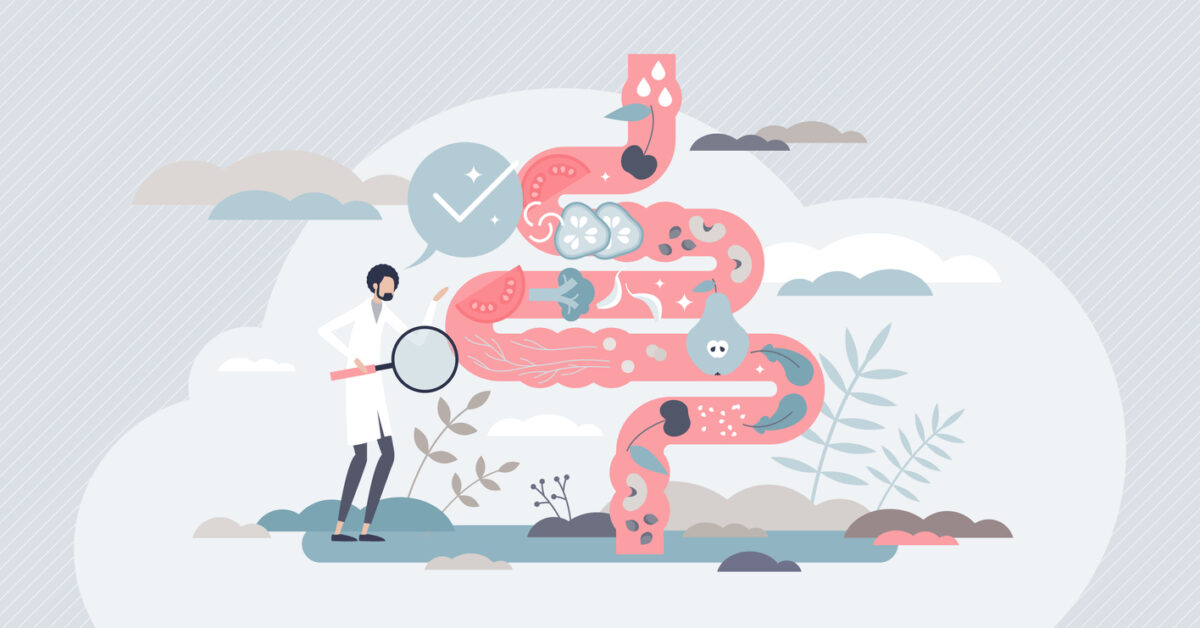Understanding Natural Anti-Aging Skin Care and Its Benefits
Natural anti-aging skin care has gained popularity as people seek effective and gentle ways to maintain youthful skin. Using natural ingredients helps nourish the skin without the harsh chemicals found in many conventional products.
Why Choose Natural Anti-Aging Skin Care?
Natural anti-aging skin care products use ingredients derived from plants, herbs, and other organic sources. These ingredients provide vitamins, antioxidants, and essential fatty acids that protect and repair the skin. Unlike synthetic products, natural options minimize the risk of irritation and long-term damage. They work with the skin’s natural processes, promoting healthy aging and a radiant complexion.
Key Benefits of Natural Ingredients
Natural ingredients offer numerous benefits for anti-aging. For example, antioxidants like vitamin C and E combat free radicals, which cause skin aging. Hyaluronic acid, found in many natural products, helps retain moisture, keeping the skin hydrated and plump. Additionally, botanical oils such as rosehip and argan oil contain essential fatty acids that support skin elasticity and reduce the appearance of fine lines.
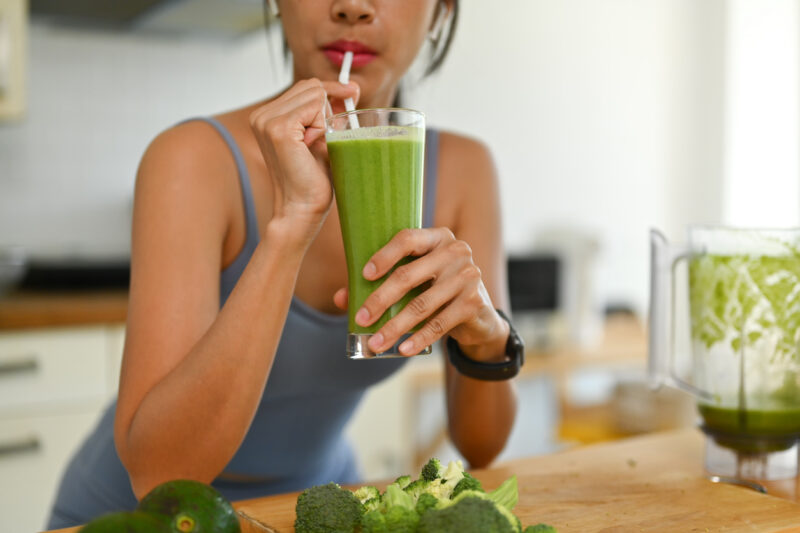
Gentle and Sustainable Approach
One of the main advantages of natural anti-aging skin care is its gentle approach. By using plant-based ingredients, these products reduce the likelihood of irritation and allergic reactions. Moreover, many natural skin care brands focus on sustainability, using eco-friendly packaging and ethical sourcing. This not only benefits your skin but also supports a healthier planet.
Incorporating natural anti-aging skin care into your routine can lead to healthier, more youthful skin while providing peace of mind about the ingredients you’re using. By understanding the benefits of natural ingredients, you can make informed choices that support your skin’s long-term health and vitality.
Top Natural Ingredients for Anti-Aging and How to Use Them
In natural anti-aging skin care, certain ingredients stand out for their effectiveness in promoting youthful, radiant skin. These natural components can help reduce wrinkles, improve elasticity, and give your skin a healthy glow.
Vitamin C
Vitamin C is a powerful antioxidant that helps protect the skin from environmental damage caused by free radicals. It also stimulates collagen production, which is essential for maintaining firm, youthful skin. To use vitamin C in your routine, apply a vitamin C serum in the morning before your moisturizer. Look for products with stable forms of vitamin C, like ascorbic acid, for maximum effectiveness.
Hyaluronic Acid
Hyaluronic acid is a naturally occurring molecule in the skin that retains moisture, keeping the skin hydrated and plump. In natural anti-aging skin care, it acts as a humectant, drawing moisture from the air into the skin. You can use a hyaluronic acid serum after cleansing and before applying your moisturizer. It helps to lock in hydration, reducing the appearance of fine lines and giving your skin a smoother texture.
Rosehip Oil
Rich in essential fatty acids and vitamins A and C, rosehip oil is known for its ability to reduce wrinkles and improve skin tone. It helps regenerate skin cells and repair damaged skin, making it a great addition to your natural anti-aging skin care routine. Apply a few drops of rosehip oil to your face and neck at night as a nourishing treatment. Its lightweight texture allows it to absorb easily without leaving a greasy residue.
Green Tea Extract
Green tea extract is packed with antioxidants, including catechins, which help protect the skin from oxidative stress. It also has anti-inflammatory properties that can soothe the skin and reduce redness. You can find green tea extract in toners, serums, and moisturizers. Use these products in your daily routine to help calm and protect your skin.
Incorporating these natural ingredients into your skin care regimen can significantly improve your skin’s appearance and health. With regular use, they can provide effective, natural anti-aging benefits without the need for harsh chemicals.
Creating a Daily Skincare Routine with Natural Anti-Aging Products
Establishing a daily skincare routine with natural anti-aging products can help you maintain youthful, glowing skin. Consistency is key, so incorporating the right steps and ingredients into your routine ensures optimal results.
Morning Routine
Start your day with a gentle cleanser to remove any impurities accumulated overnight. Choose a natural cleanser with soothing ingredients like chamomile or green tea extract. After cleansing, apply a vitamin C serum to protect your skin from environmental damage and boost collagen production. Follow up with a lightweight moisturizer containing hyaluronic acid to lock in hydration. Finish with a broad-spectrum natural sunscreen to shield your skin from harmful UV rays, which can accelerate aging.

Evening Routine
Your evening routine should focus on repairing and nourishing the skin. Begin by cleansing your face to remove makeup, dirt, and oil. Opt for a natural cleansing oil or cream to dissolve impurities without stripping your skin of its natural oils. After cleansing, use a toner with ingredients like witch hazel or rose water to balance your skin’s pH and prepare it for further treatment. Apply a serum or oil, such as rosehip oil, to deliver antioxidants and essential fatty acids to the skin. Finally, use a richer moisturizer or night cream to hydrate and support the skin’s overnight repair process.
Weekly Treatments
Incorporate weekly treatments into your routine for enhanced natural anti-aging skin care. Use a gentle exfoliant with natural ingredients like fruit enzymes or fine grains to slough off dead skin cells and promote cell turnover. Follow up with a hydrating mask containing ingredients like aloe vera or honey to soothe and replenish the skin. These treatments help maintain a smooth, radiant complexion.
By following a daily skincare routine with natural anti-aging products, you can effectively protect, nourish, and rejuvenate your skin. This approach not only helps prevent premature aging but also promotes a healthier, more vibrant complexion.
Diet, Hydration, and Lifestyle Habits for Enhanced Natural Anti-Aging
Natural anti-aging skin care goes beyond topical products. Diet, hydration, and lifestyle habits play crucial roles in maintaining youthful, healthy skin. Making conscious choices in these areas can enhance the effectiveness of your skin care routine.
Nourishing Your Skin from Within
A balanced diet rich in antioxidants, vitamins, and minerals supports natural anti-aging skin care. Incorporate foods like berries, leafy greens, nuts, and fatty fish into your meals. These foods provide essential nutrients such as vitamin C, vitamin E, and omega-3 fatty acids, which help protect and repair the skin. Green tea, rich in catechins, offers anti-inflammatory benefits that can further enhance skin health. Limiting sugar and processed foods also prevents glycation, a process that can damage collagen and accelerate aging.
Importance of Hydration
Staying hydrated is vital for maintaining skin elasticity and a youthful glow. Drink plenty of water throughout the day to keep your skin cells hydrated and support detoxification. Incorporating hydrating foods like cucumbers, watermelon, and oranges into your diet can also help boost your skin’s moisture levels. Proper hydration aids in flushing out toxins and promotes a clearer, more radiant complexion, complementing your natural anti-aging skin care efforts.
Healthy Lifestyle Habits
Adopting healthy lifestyle habits enhances natural anti-aging skin care. Regular exercise boosts circulation, delivering oxygen and nutrients to the skin for a healthier appearance. Adequate sleep allows your skin to repair and regenerate, reducing the appearance of fine lines and dark circles. Managing stress through practices like yoga, meditation, or deep breathing can also prevent the release of stress hormones that may lead to premature aging.
By focusing on diet, hydration, and lifestyle habits, you can support your natural anti-aging skin care routine from the inside out. These simple yet effective changes can help you achieve and maintain a youthful, vibrant complexion.
The Impact of Hormone Decline on Skin Aging
As we age, the body’s ability to produce certain hormones, particularly estrogen in women, declines. This reduction in hormone levels can directly affect skin health, leading to dryness, reduced elasticity, and an increase in wrinkles. Estrogen plays a crucial role in maintaining skin’s moisture and firmness, so its decline can accelerate visible signs of aging.
Addressing Hormone-Related Skin Aging
Incorporating natural anti-aging skin care products into your routine is essential, but addressing the root cause of hormonal decline can further enhance your skin’s health. Supporting the body’s natural hormone production can help improve skin elasticity, hydration, and overall vitality. Combining a holistic skin care approach with hormonal support can provide a more comprehensive strategy for combating skin aging.
Boost Your Hormone Synthesis by a Natural Supplement
Effisoy®, a supplement designed to support hormone balance, offers a natural way to enhance your anti-aging regimen, promoting healthier and more youthful skin from within. It is made of an extract of fermented soybean germ and take you the benefits of miso that Japanese people enjoy from their traditional staple.
Effisoy® is the only supplement outside of Japan that uses ingredients derived from fermented soybeans, bringing the wellness advantages of miso to those who may not enjoy its traditional flavor. Since its launch in 2016, it has gained popularity as a natural menopause relief supplement, helping to balance hormones and improve overall well-being.
Effisoy® works by enhancing the body’s natural synthesis of DHEA, a hormone precursor. This safe and natural boost helps regulate hormonal balance, potentially improving skin health and reducing menopause symptoms. While it benefits both men and women, it has become particularly popular among women seeking relief from menopause-related issues.
Here are some of the real product reviews in our Amazon shop.
“Restful sleep finally!!”, “I Am Now Free of Hot Flashes!!”, “Lifesaver”
